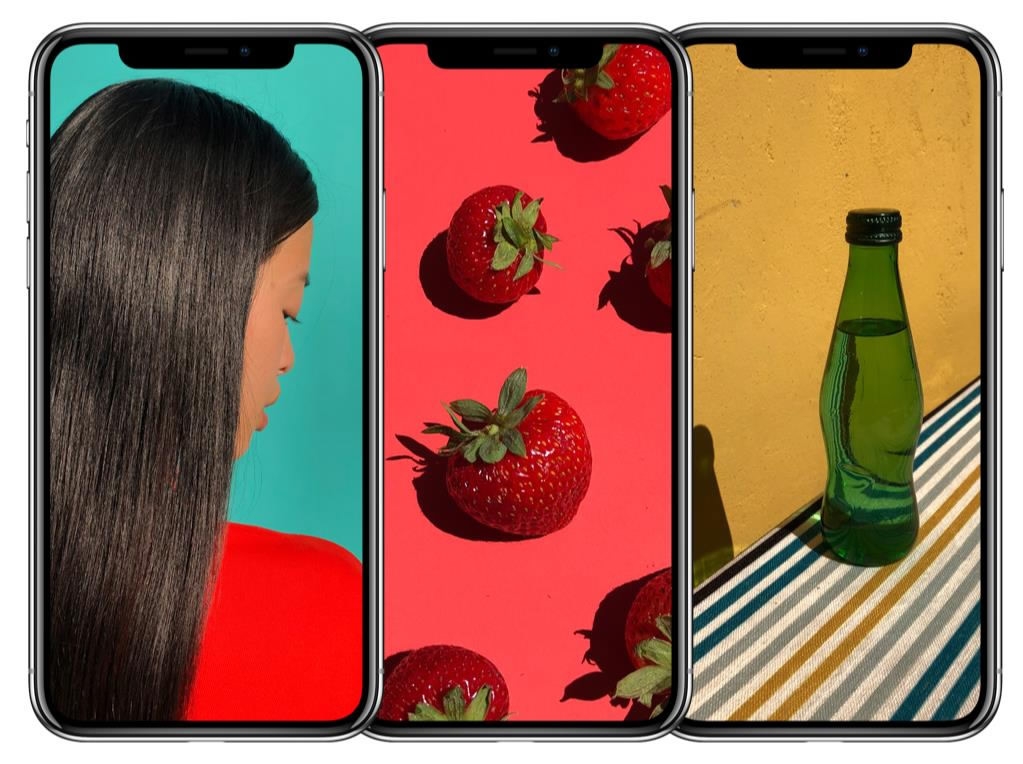
Mobile
19:13, 13-Sep-2017
iPhone X is Apple's catch-up with phone tech, not innovation
By Gong Zhe

Here comes the iPhone X - a handset Apple CEO Tim Cook has called the iPhone 10 - and one the company thinks is so cool that it skipped from eight to 10 to release it.
But most of the new features are only new to the iPhone brand and not to the world of the smartphone in general. In fact some of them have been available for years.
This slight setback may make Apple more like a re-organizer of technology, rather than an innovator that people expect it to be.
No home button
Apple has removed the only button on the front of its flagship gadget, a move the company says is significant for the brand.
But for everyone else it's just another phone giving up all front buttons after Android introduced virtual buttons back in 2011.

The on-screen virtual buttons in Android 4.0 /Screenshots from Android Developers
The on-screen virtual buttons in Android 4.0 /Screenshots from Android Developers
After all, not every phone maker agrees with the no-front-button idea.
Chinese brand Meizu has stood by its self-designed home button logic for many years, while Huawei follows the rule strictly. Samsung didn't move over to virtual buttons until the introduction of its most recent S8.
Edge-to-edge screen
The S8 shares an important "new" feature with the iPhone X - a screen which covers almost the entire front side.

iPhone X has an edge-to-edge display, looking similar to some previous bezel-less designs. /Screenshot from Apple
iPhone X has an edge-to-edge display, looking similar to some previous bezel-less designs. /Screenshot from Apple
Smartphone makers have been trying to make bezel-less phones since at least 2014, with many products already on the market.
Xiaomi is selling its second-generation bezel-less phone - the Mi Mix 2 - which was launched just one day before Apple's event. The Chinese company chose the date to tell buyers that they are one step ahead in this field.

The Mi Mix 2 smartphone /Screenshot from Xiaomi
The Mi Mix 2 smartphone /Screenshot from Xiaomi
Sharp, the Japanese company that started the bezel-less craze, announced in Beijing last month its latest bezel-less model - the Aquos S2 - which sold out in just one day.
Facial recognition
A phone can read your face as long as it has a front-face camera.
But Apple has taken this technology one step further, by enabling the phone to shoot 3D models of your face, even at night.
But isn't that similar to Kinect, the motion-detecting technology Microsoft introduced in 2010?

Kinect can also be used to recognize people. /Screenshot from Microsoft
Kinect can also be used to recognize people. /Screenshot from Microsoft
If you're interested in video games, you should have heard about this "dance in front of TV" tech that was discontinued last year.
Just to remind you, Apple bought the Israeli company behind Kinect in 2013 and that's why Face ID looks so similar.
With that said, Apple applied the tech to your face, creating Animoji, with which you can act as an animation character and send performances to friends.
In addition to the three old features mentioned above, Apple also did a catch-up with its competitors by putting fast charge, remote charge and programmable NFC to the new generation of iPhones.
All of these can be found on the Samsung S6, released in 2015. And you have buy extra accessories to actually use remote charge and fast charge.

Chinese phone brand OPPO has a VOOC technology to secure two-hour voice chat with five-minute charging.
Chinese phone brand OPPO has a VOOC technology to secure two-hour voice chat with five-minute charging.
Although Apple didn't introduce any significant new features to its new handset, it has still required a lot of innovation to pack all those elements into a single device.
But do you think the new combination of old features will work? It's time for consumers' wallets to speak, because with a price tag of almost one thousand US dollars, there's no 128GB budget option available any more.

SITEMAP
Copyright © 2018 CGTN. Beijing ICP prepared NO.16065310-3
Copyright © 2018 CGTN. Beijing ICP prepared NO.16065310-3